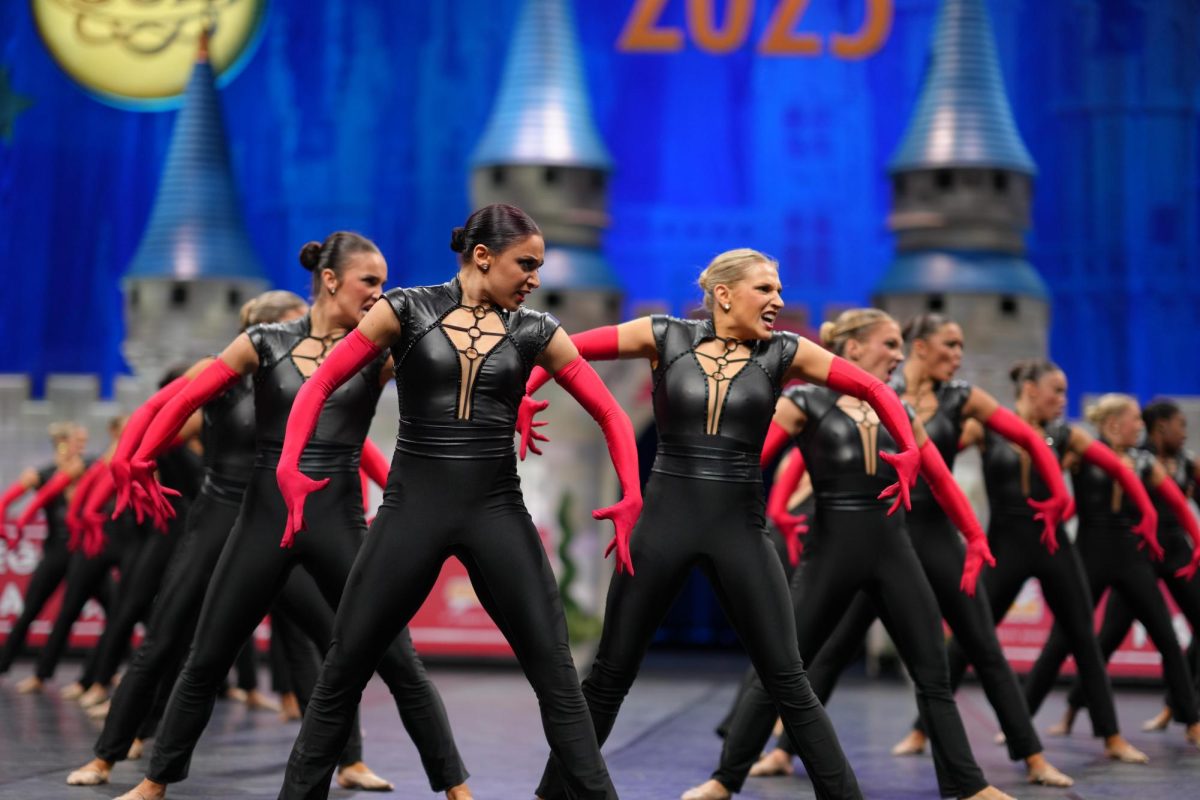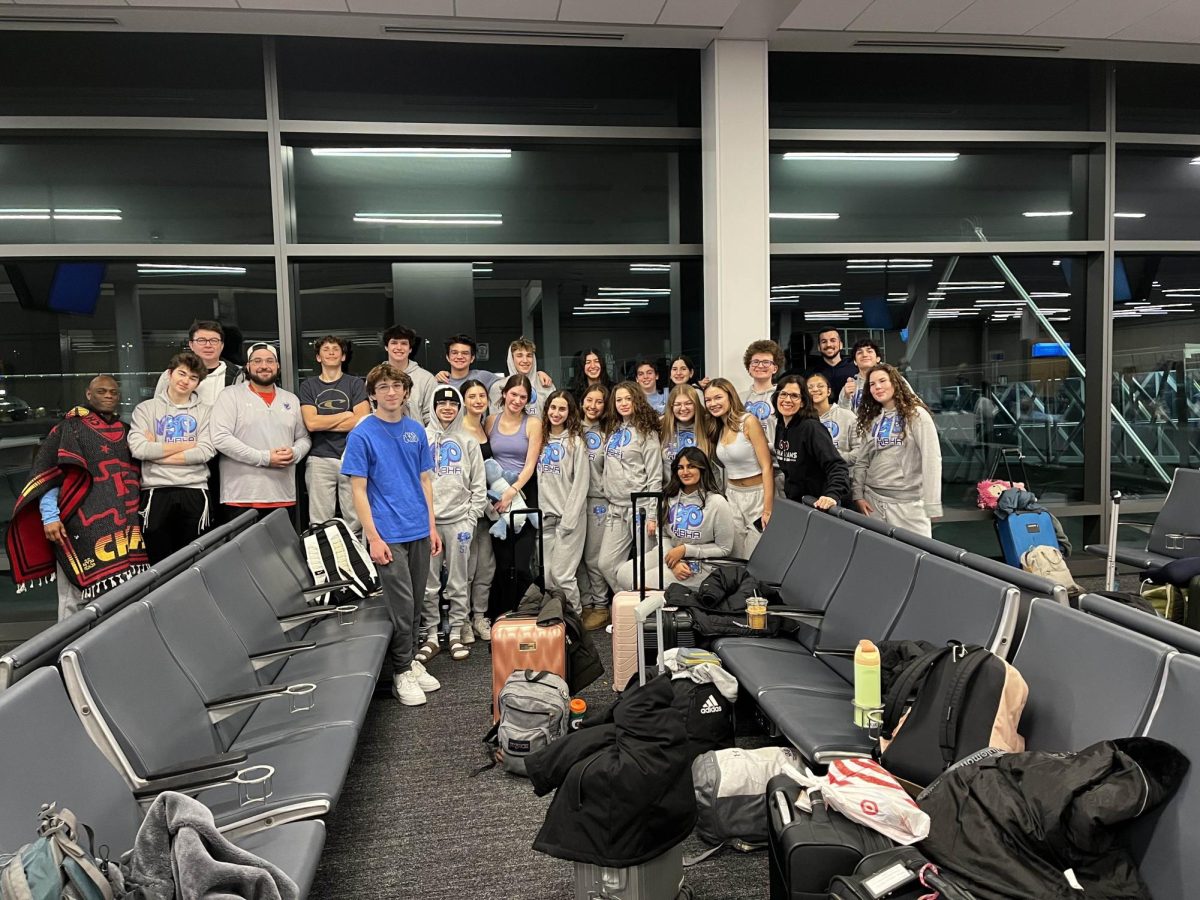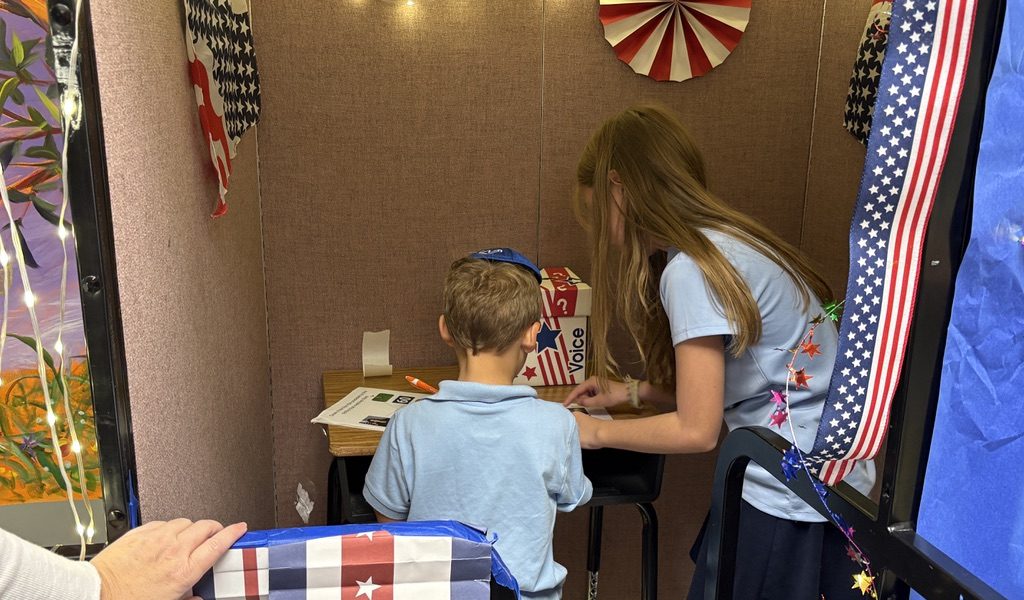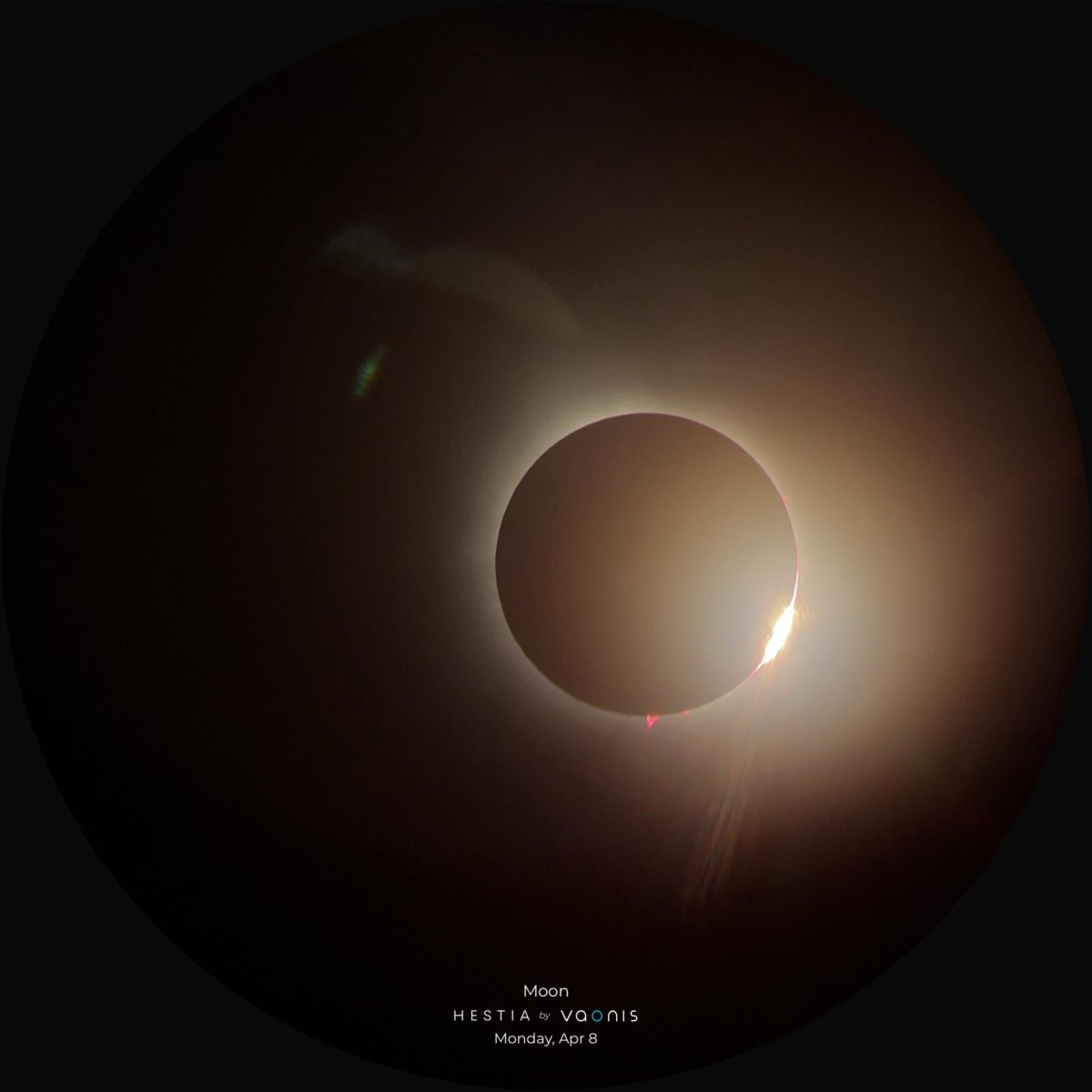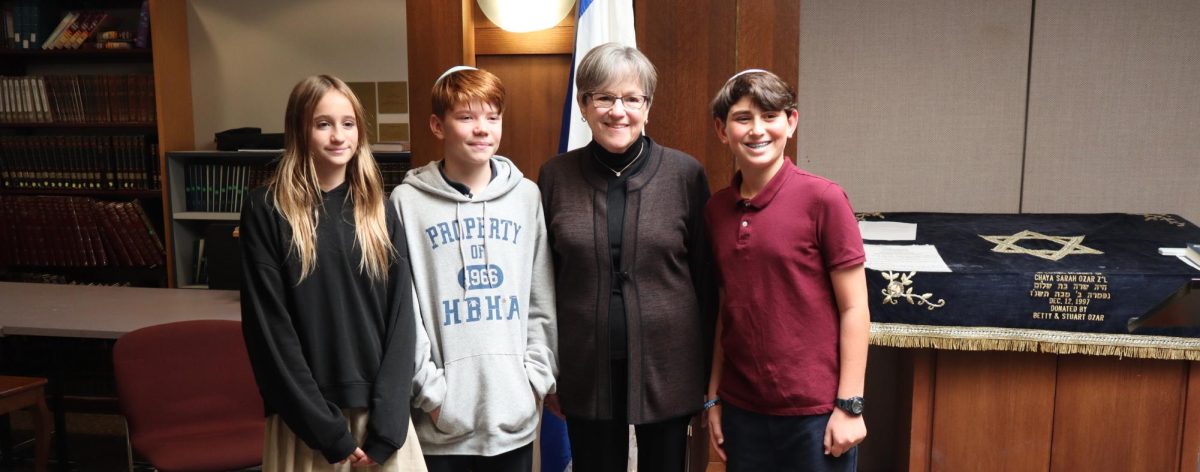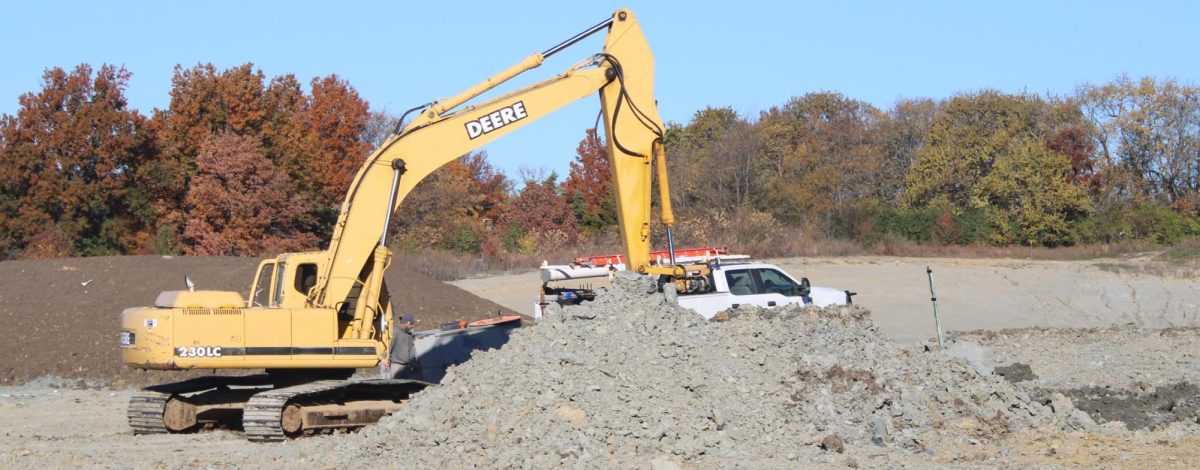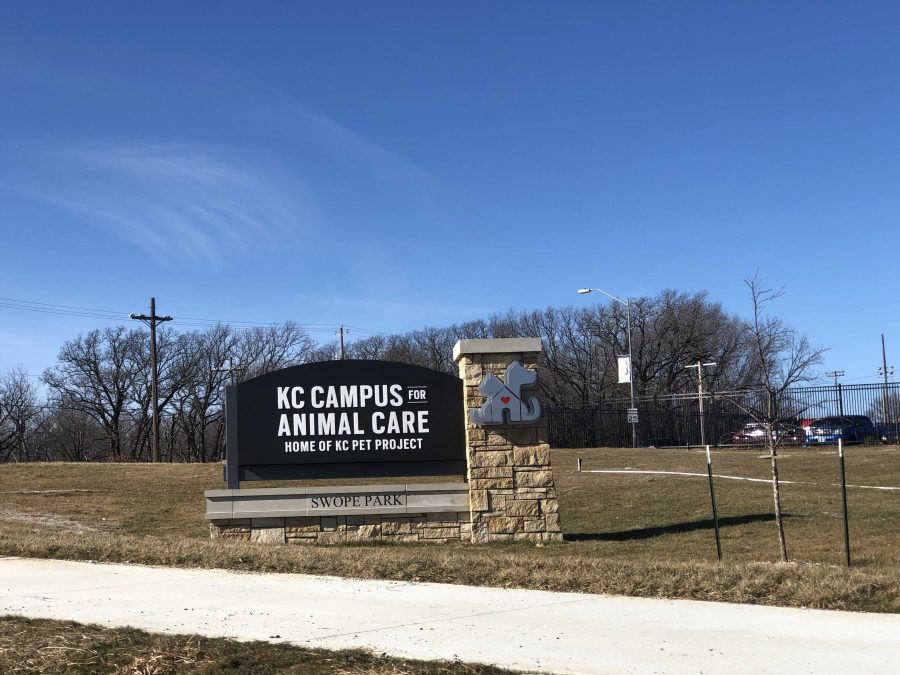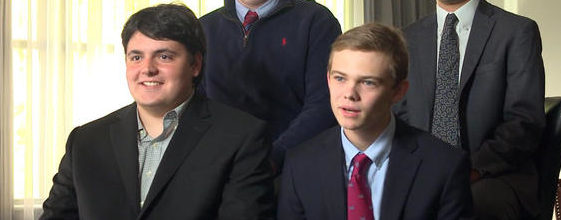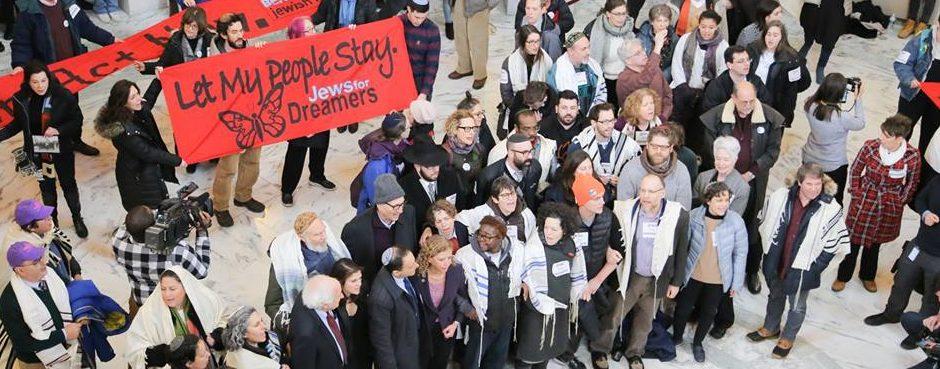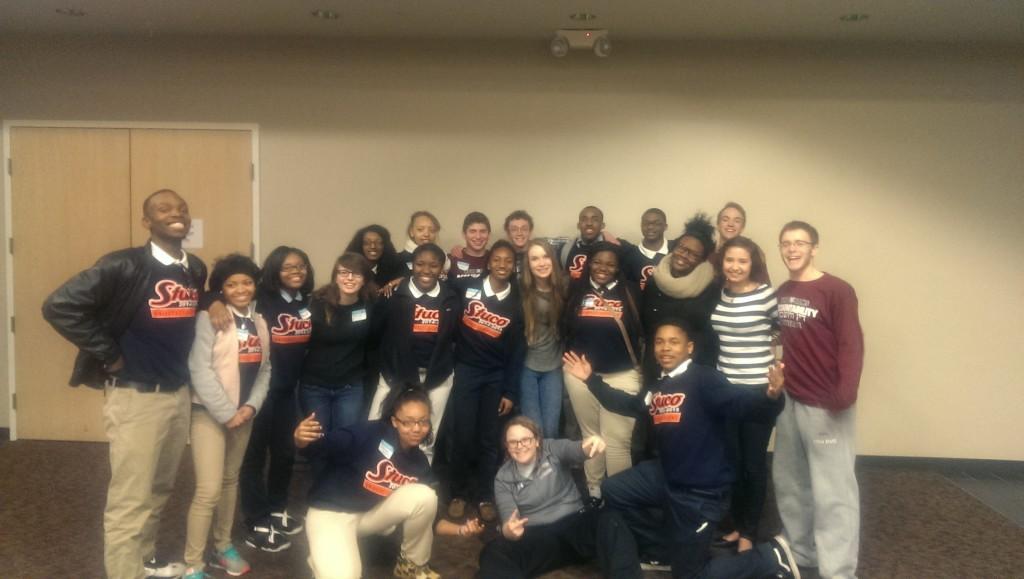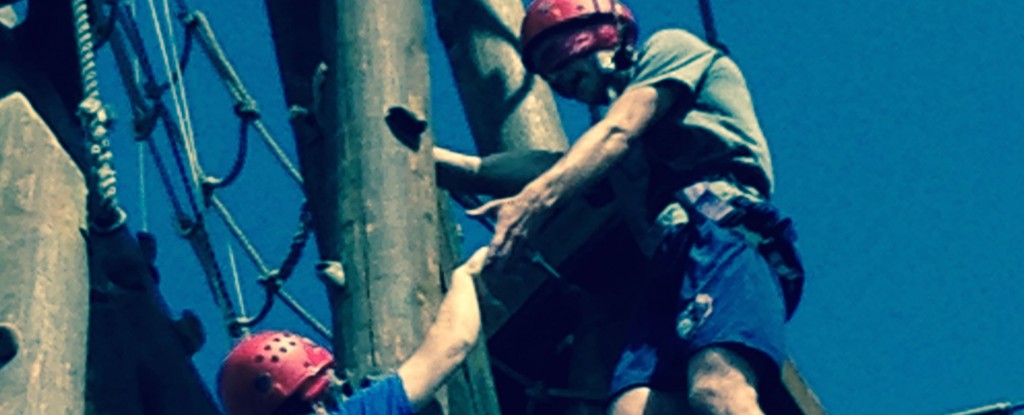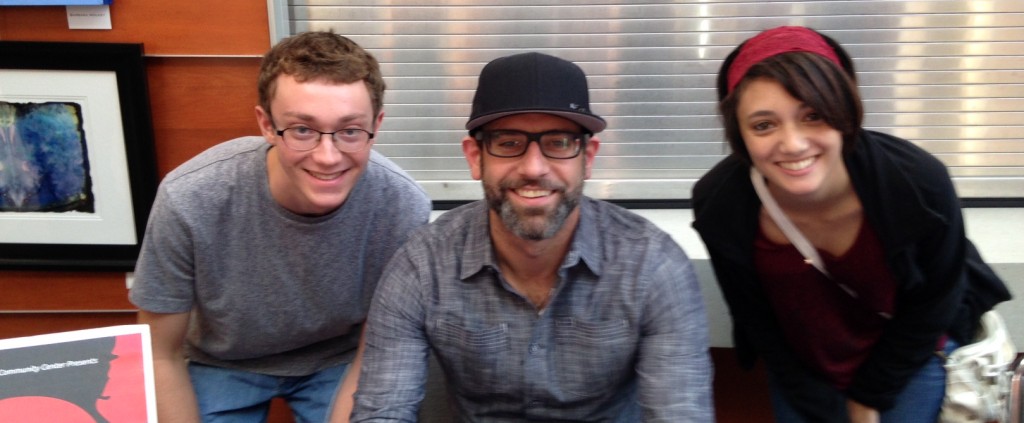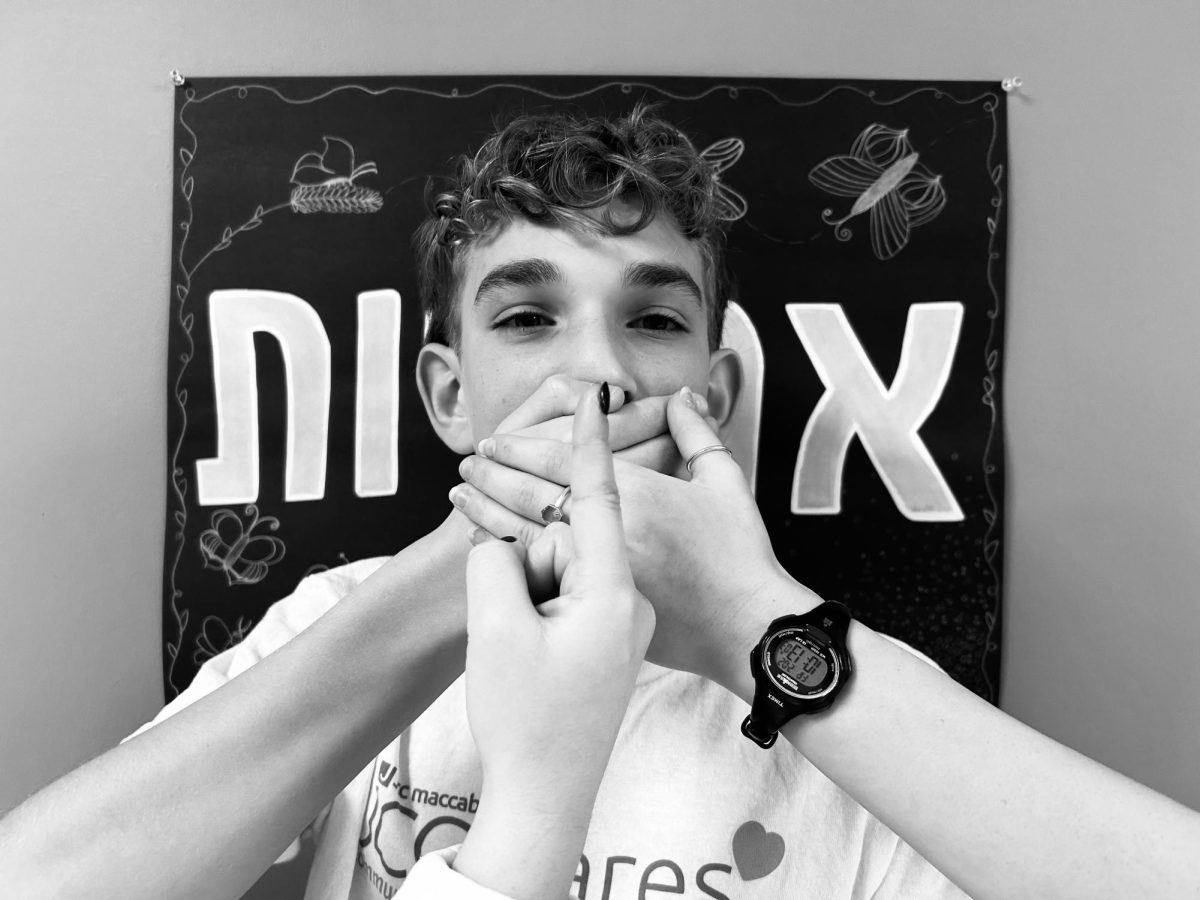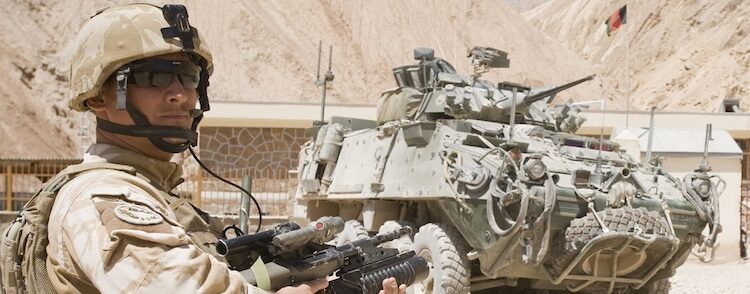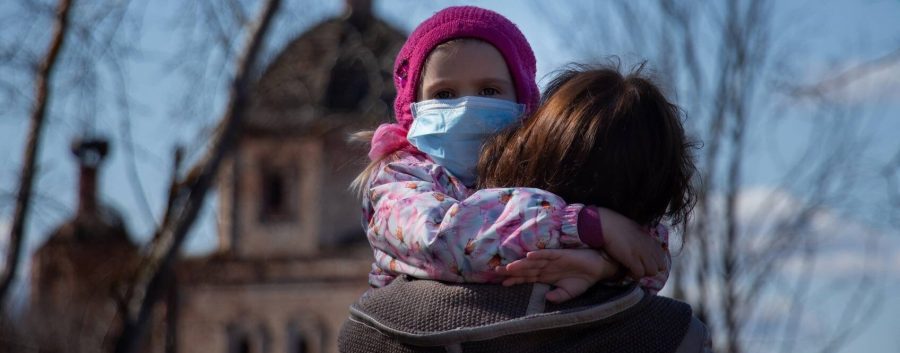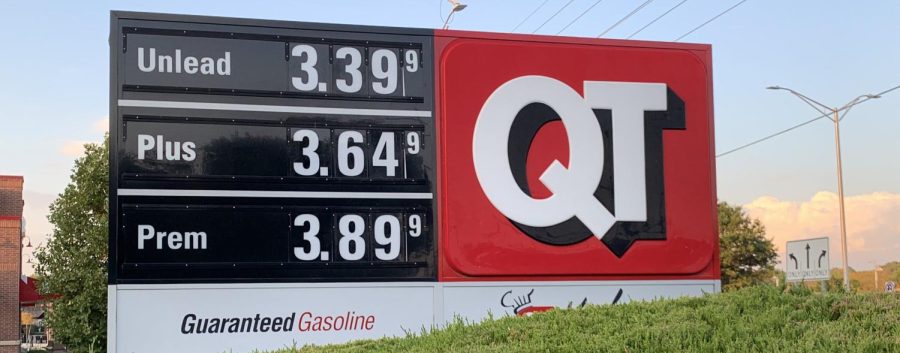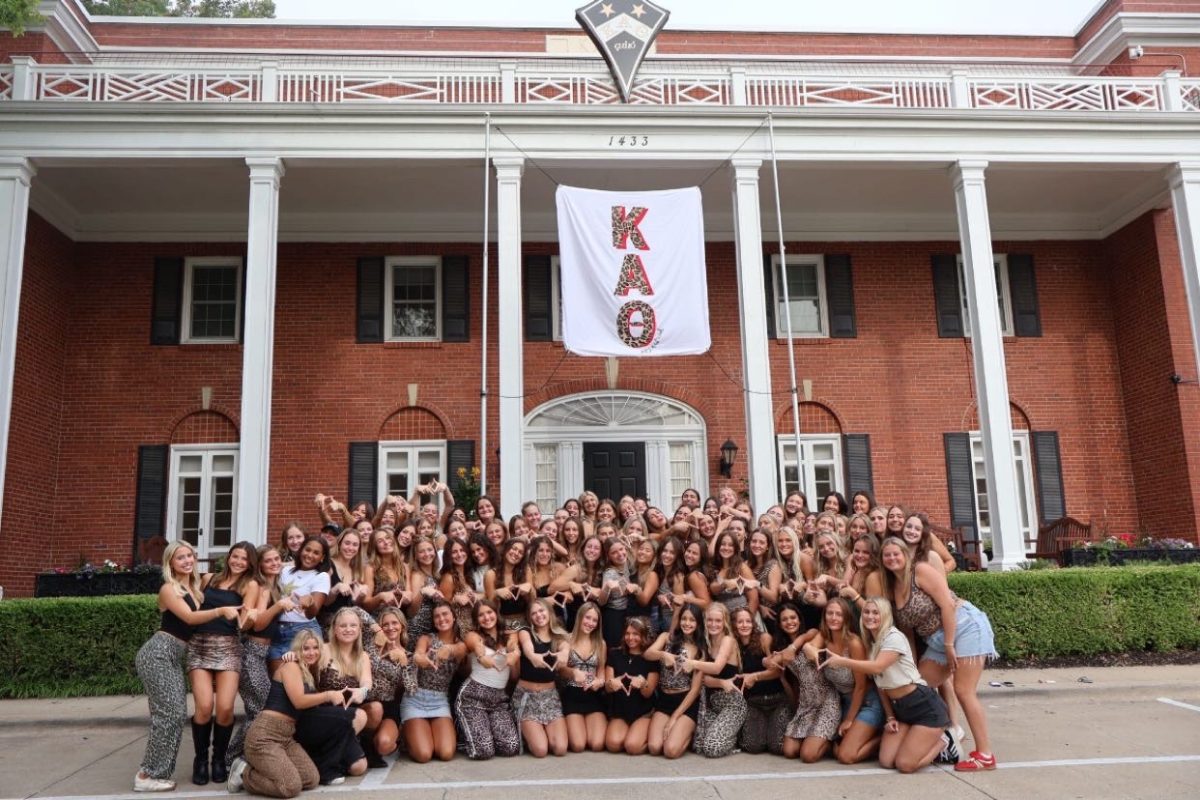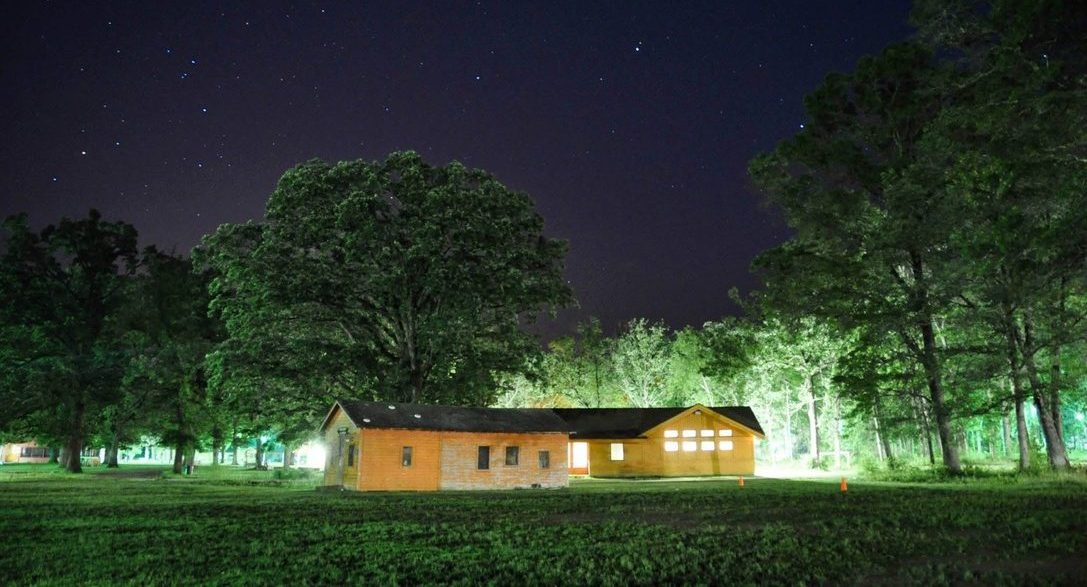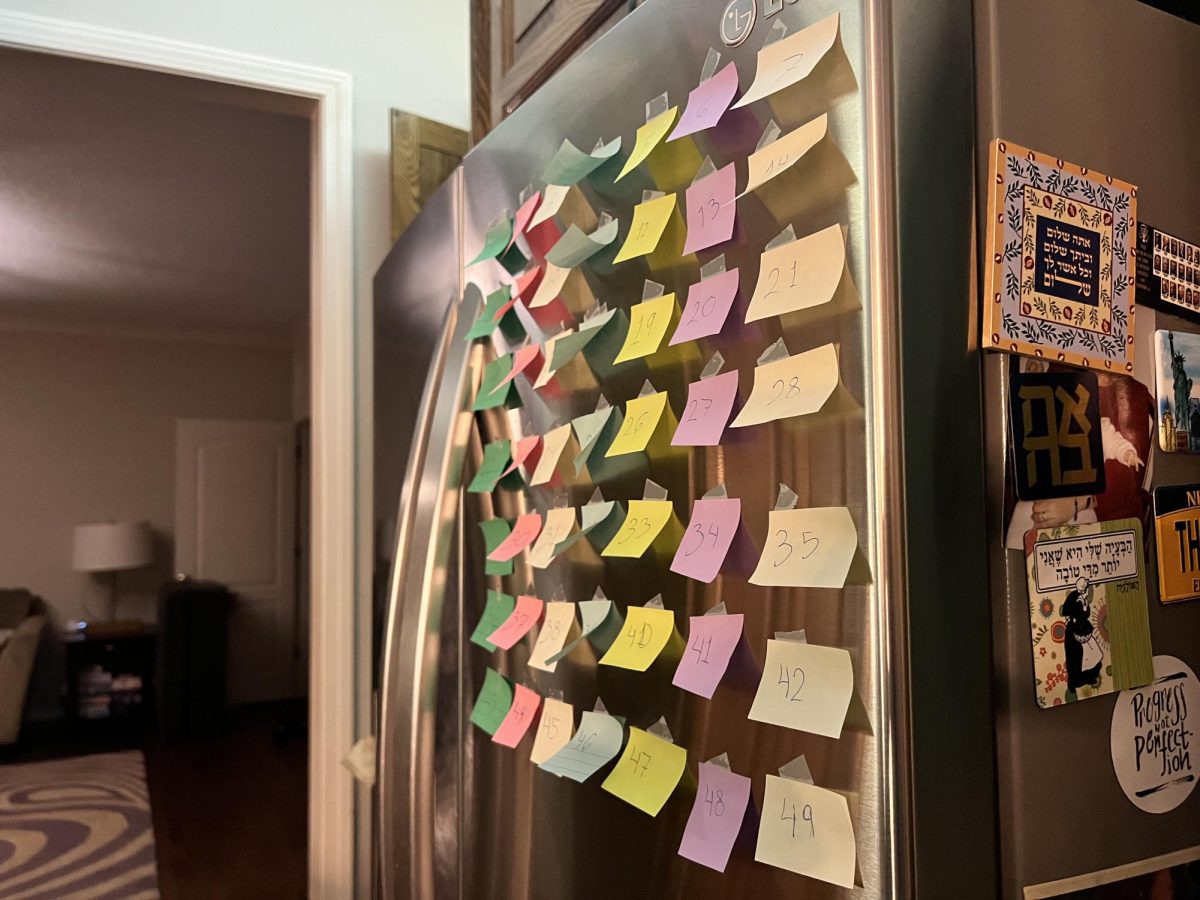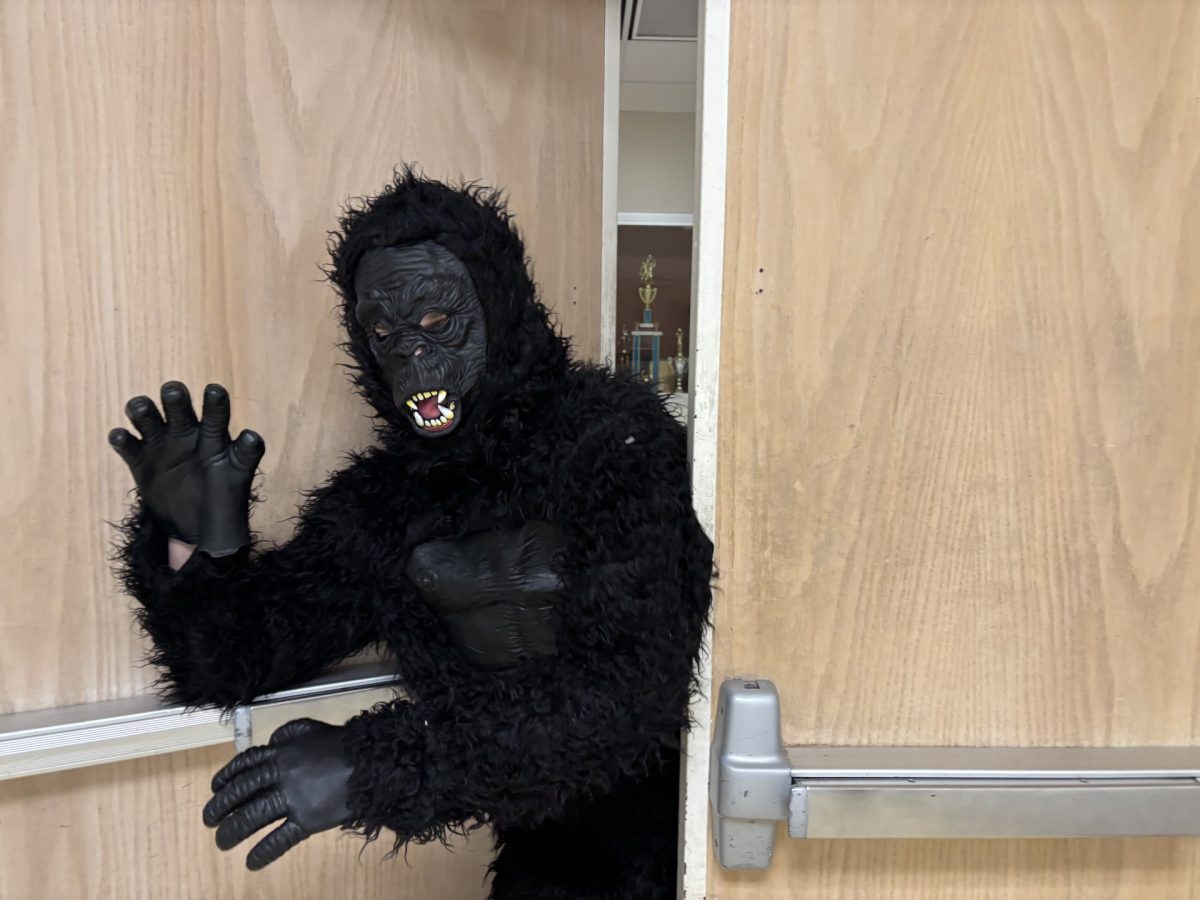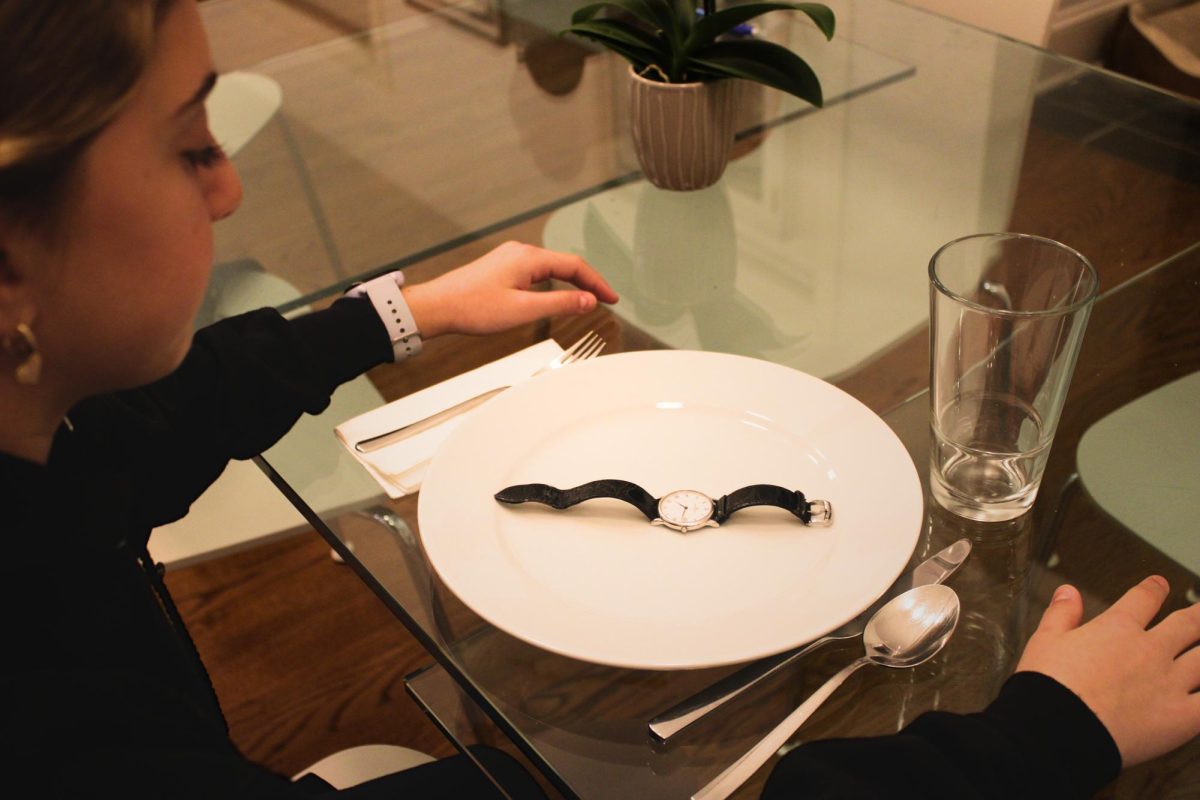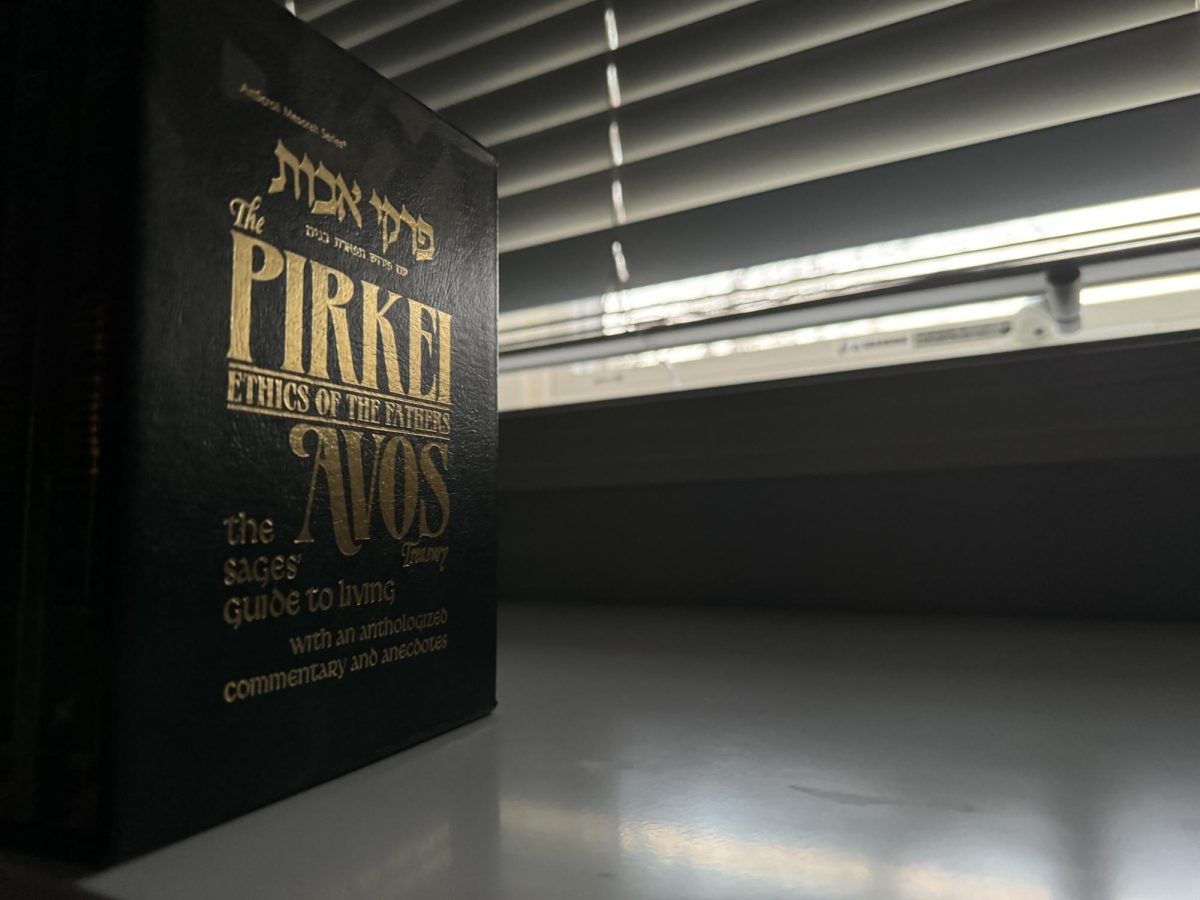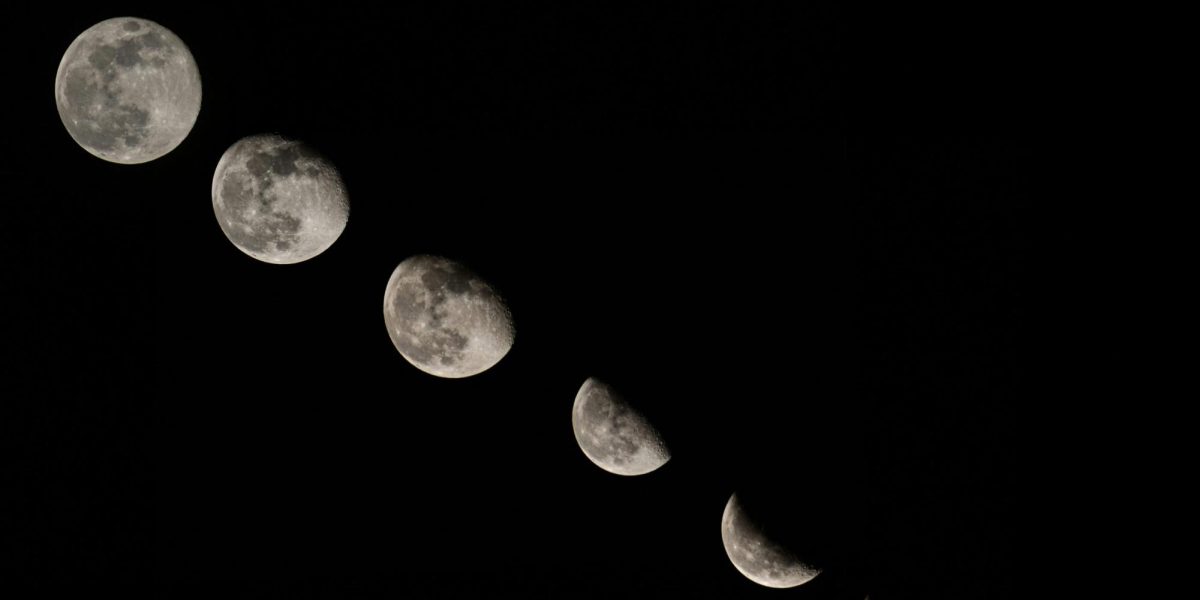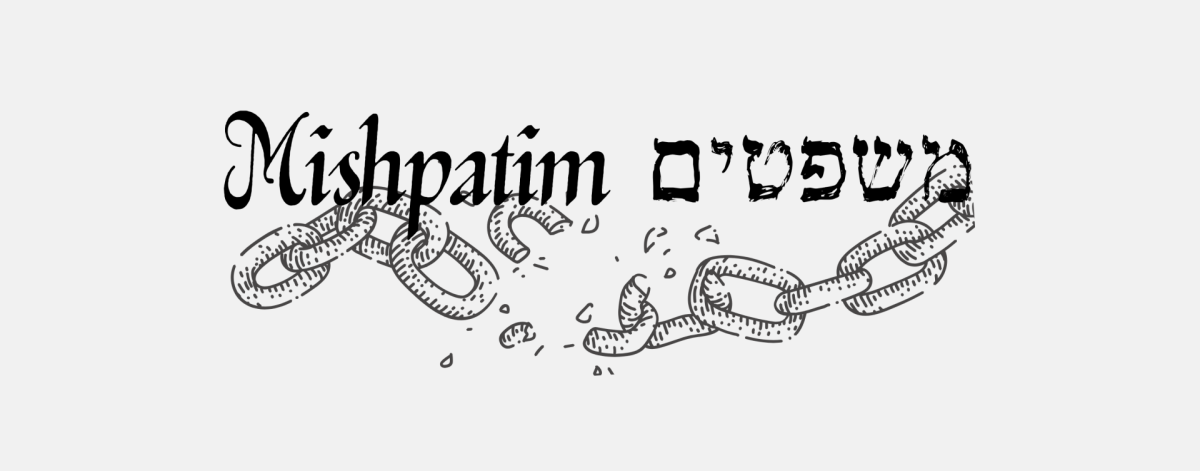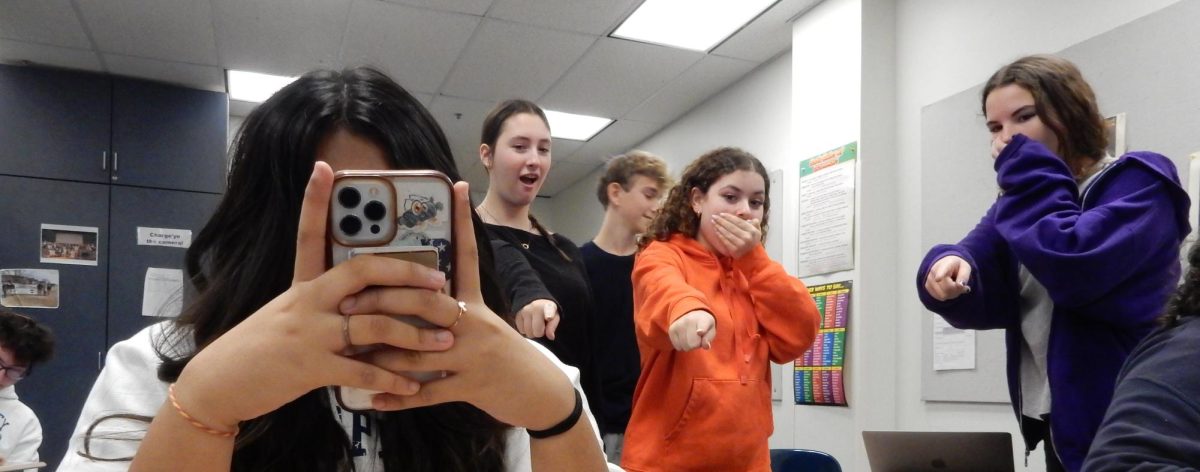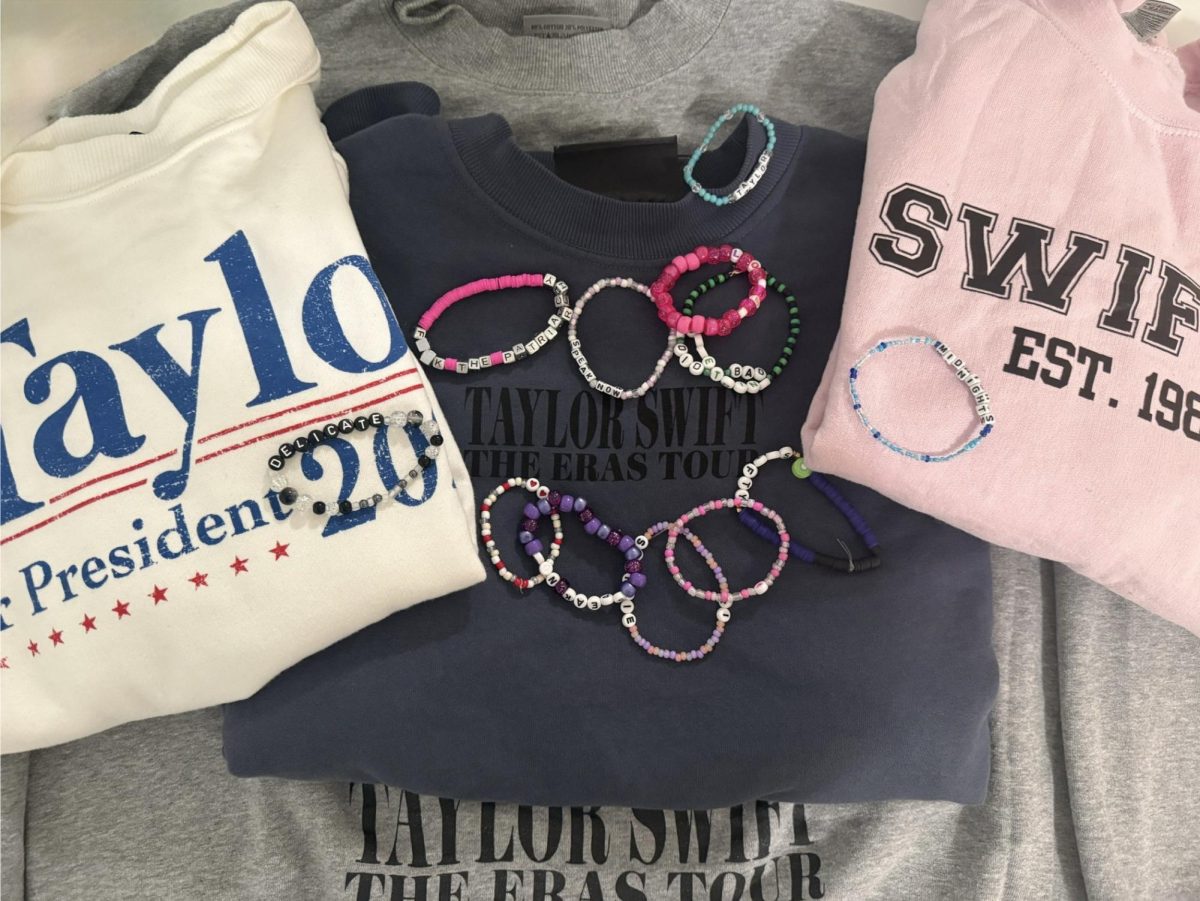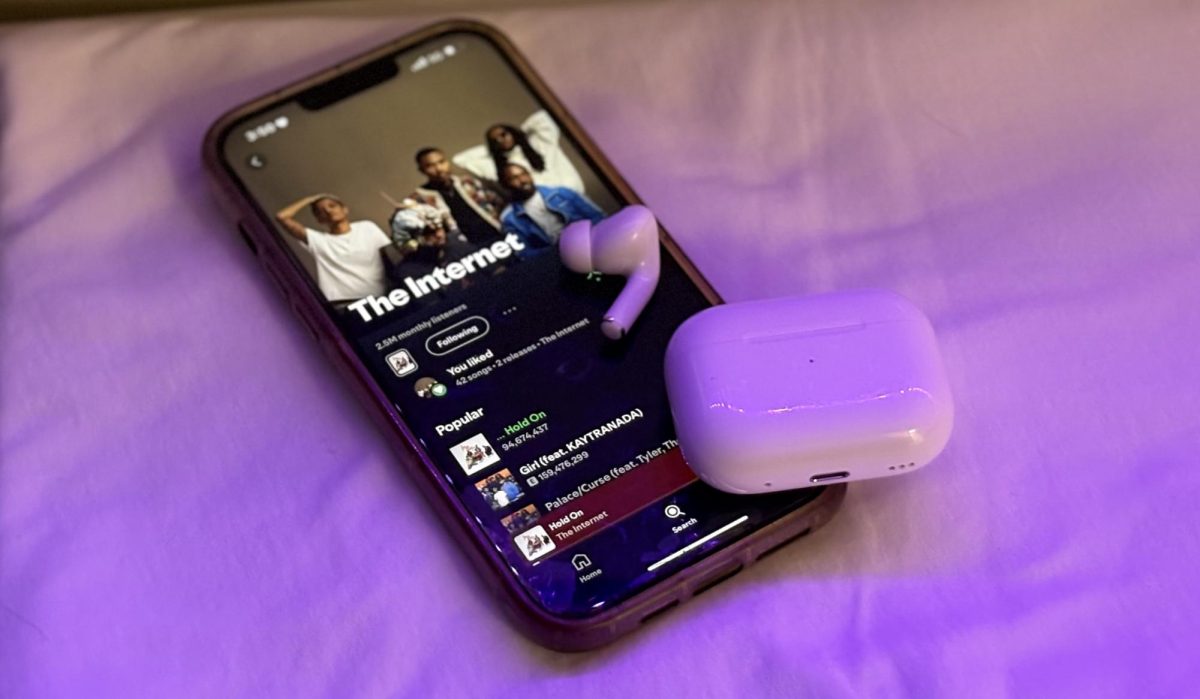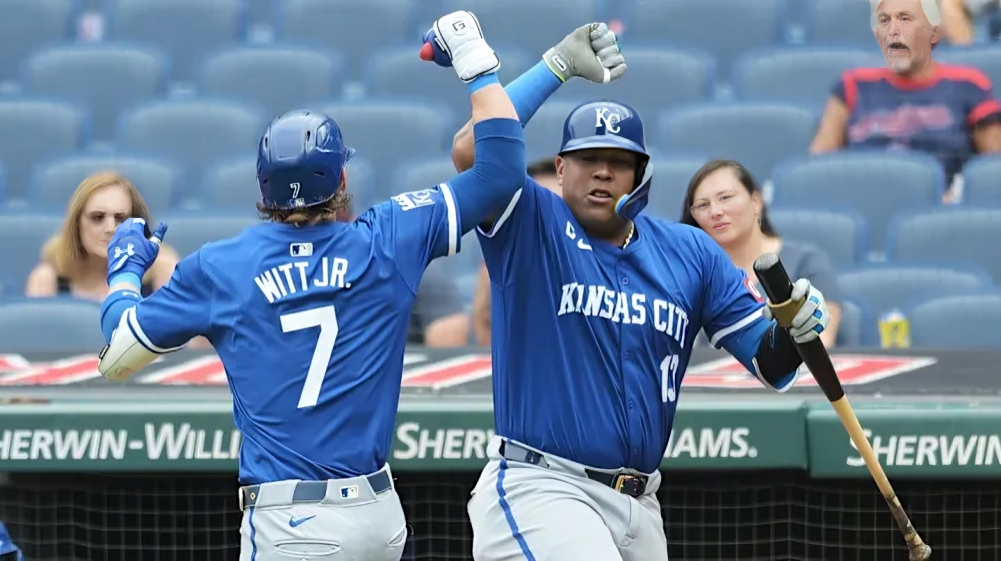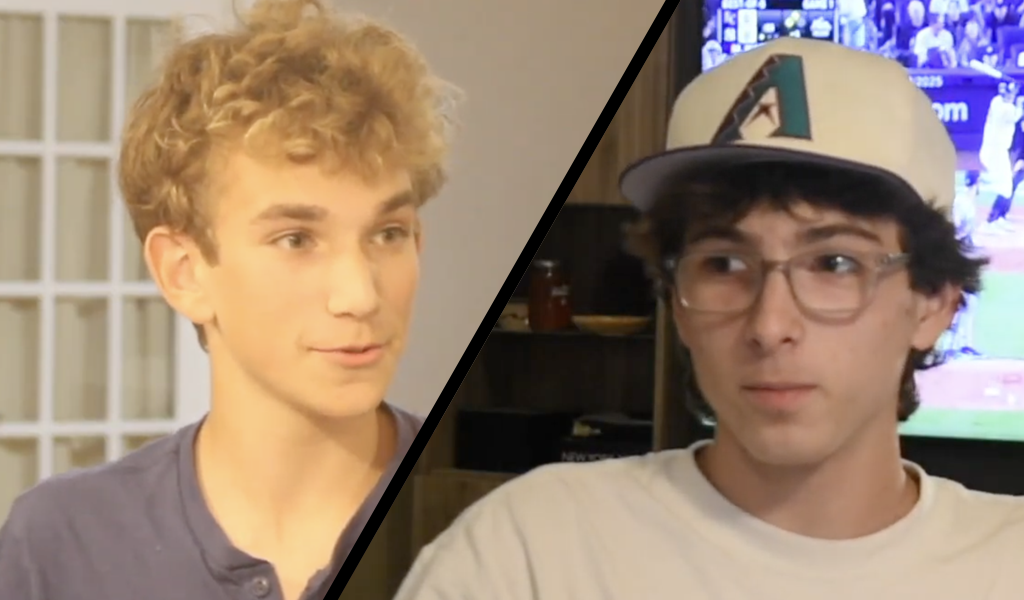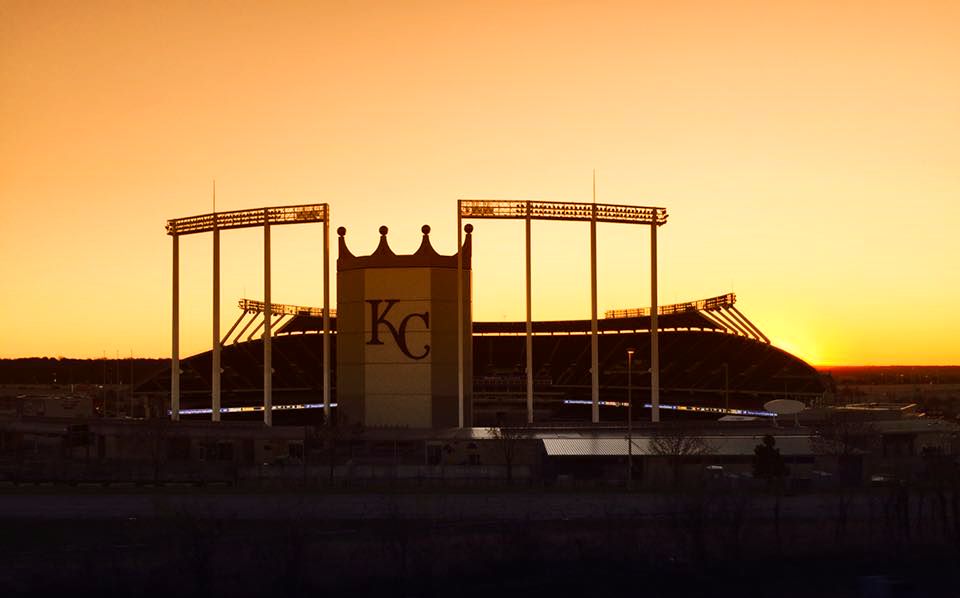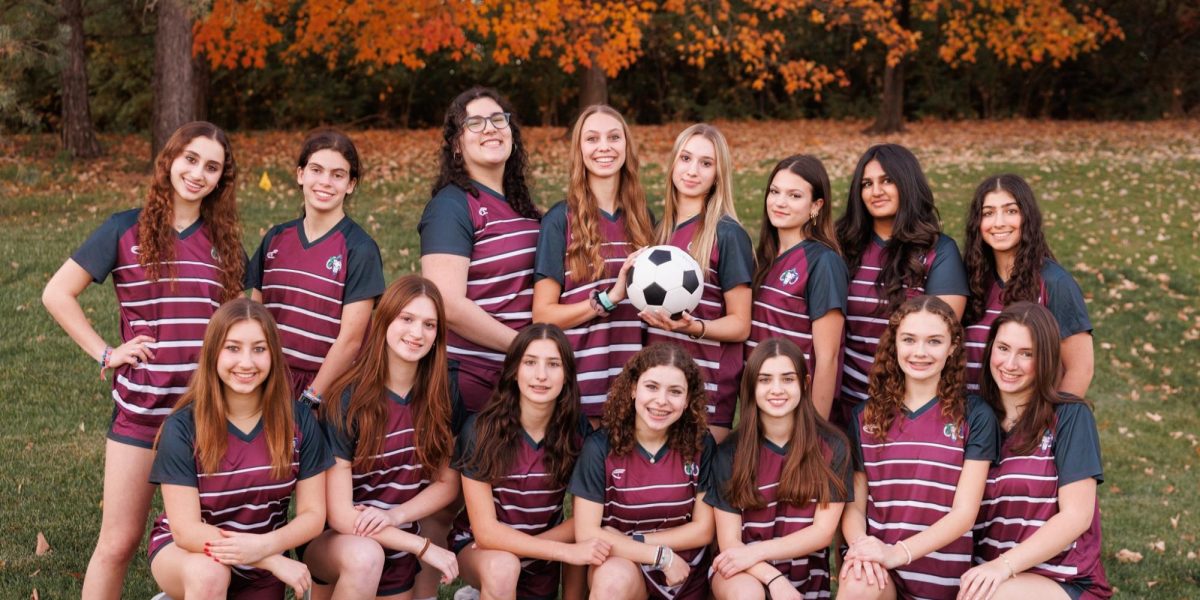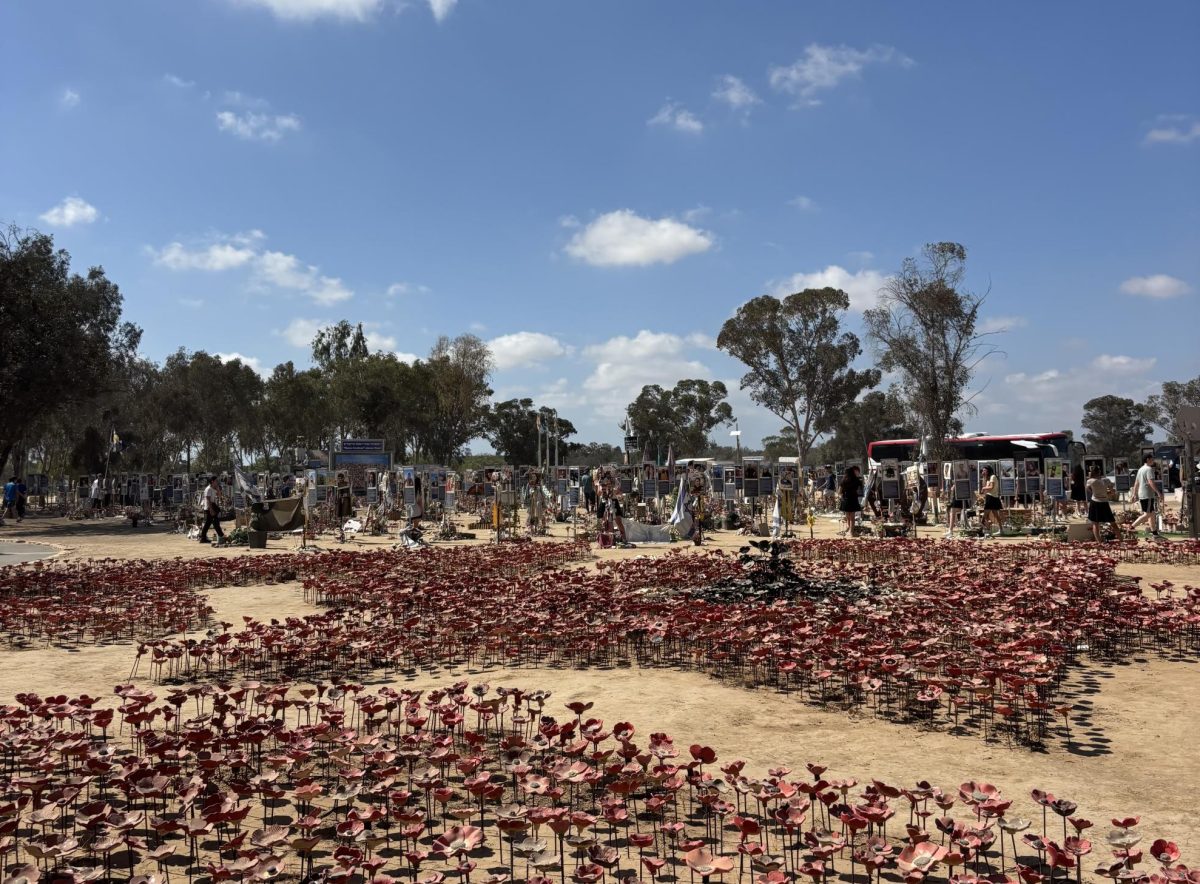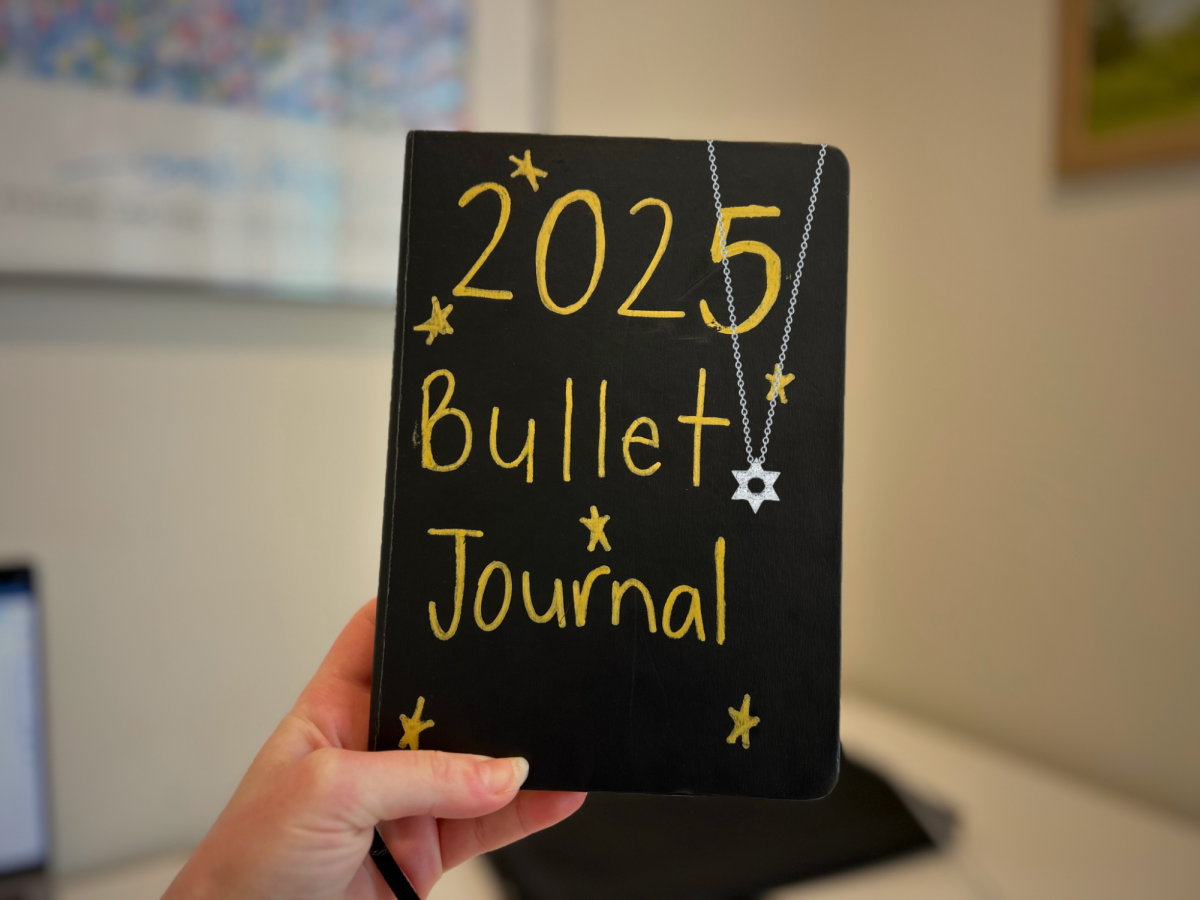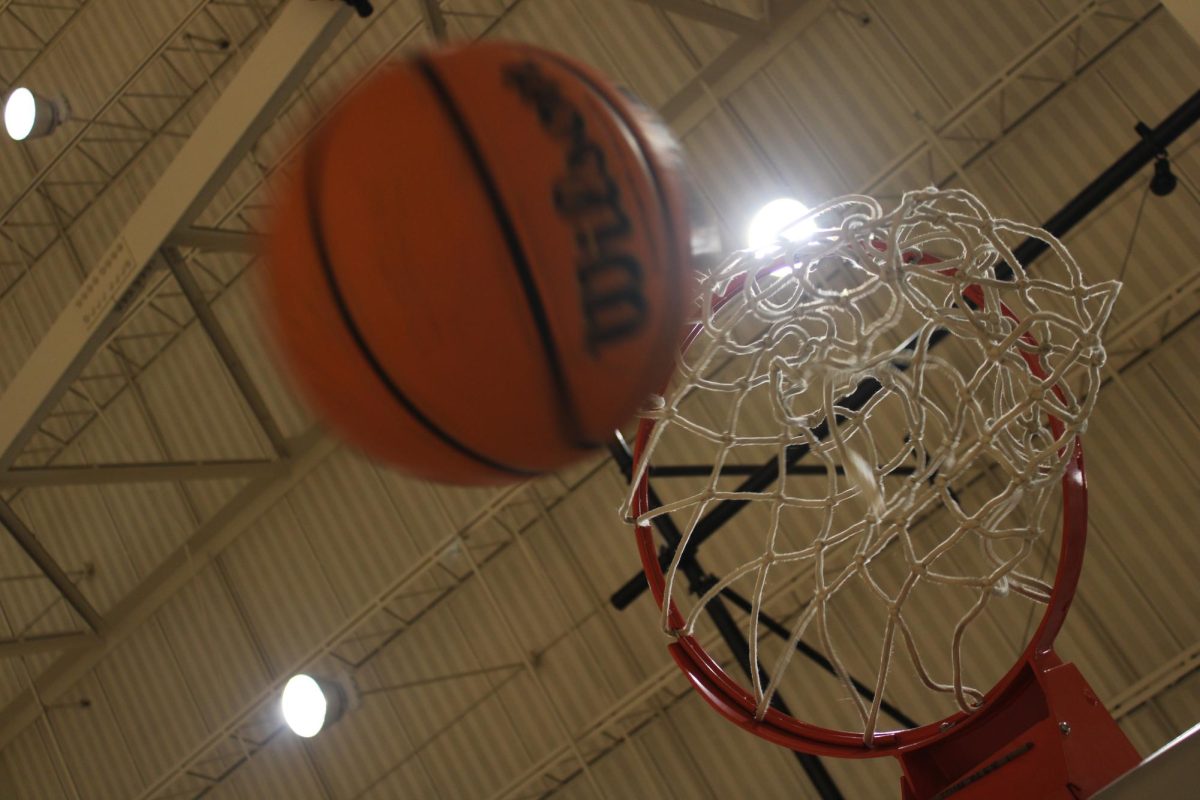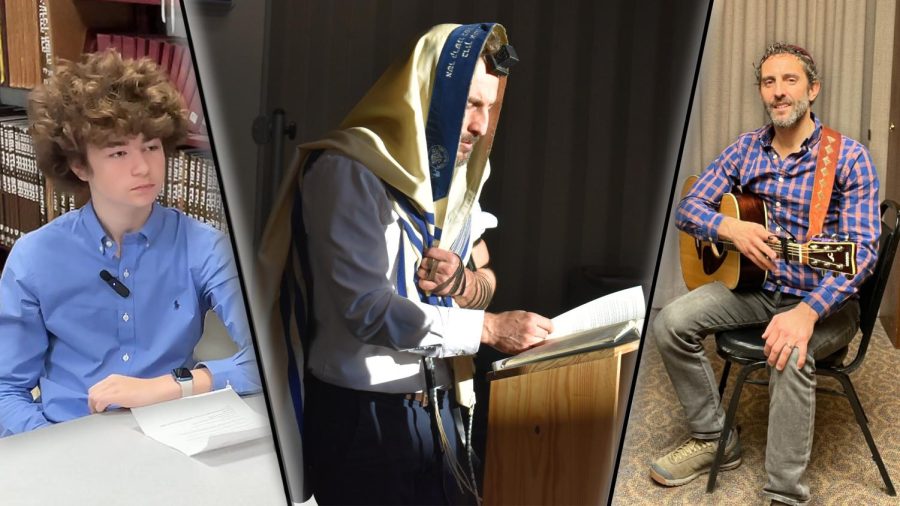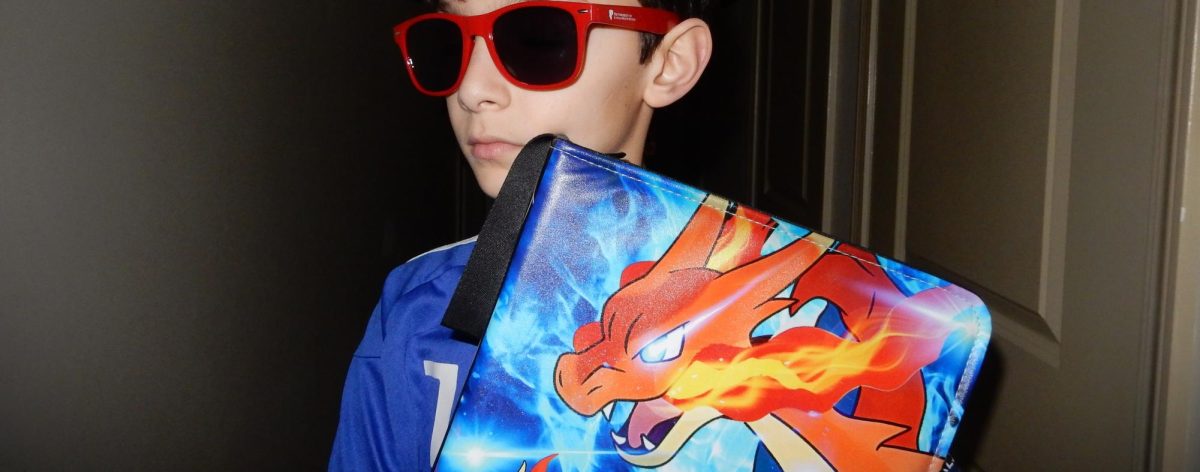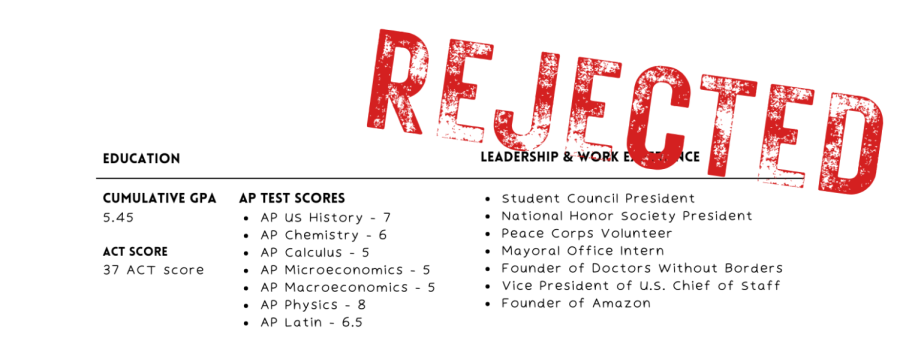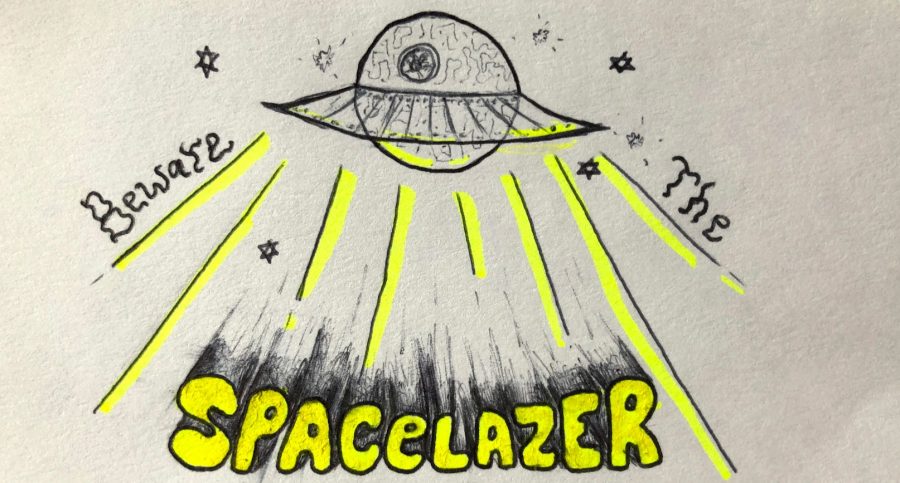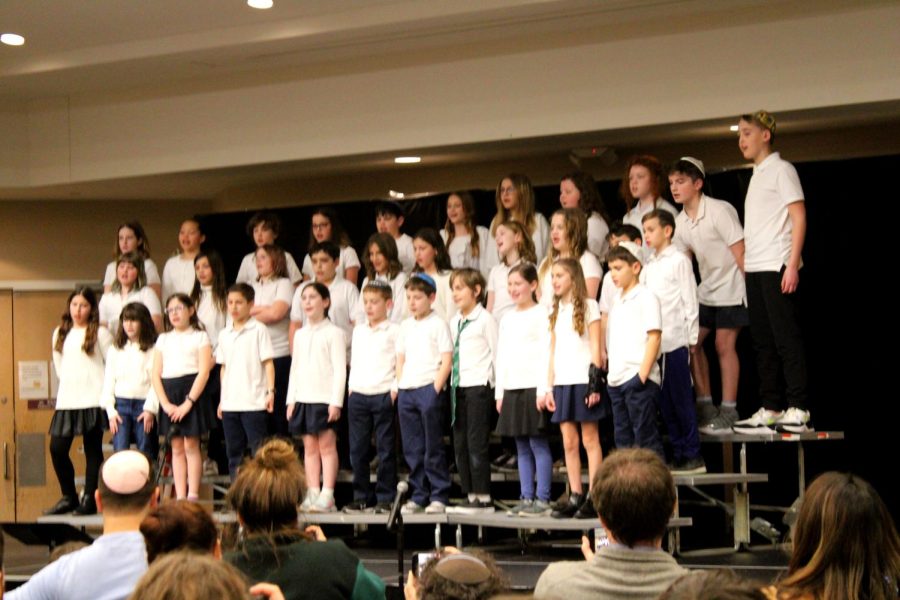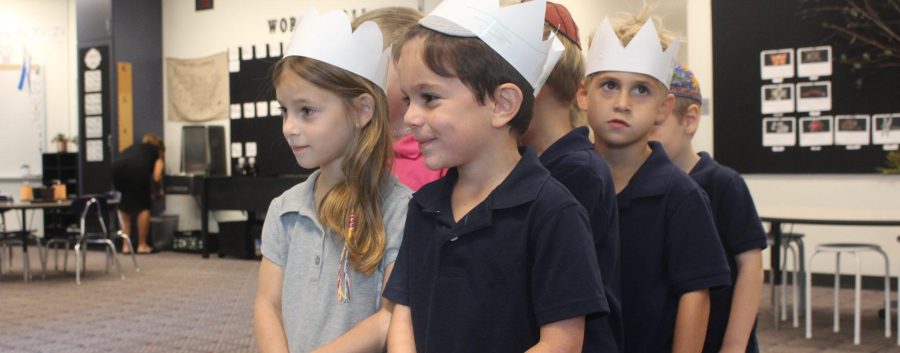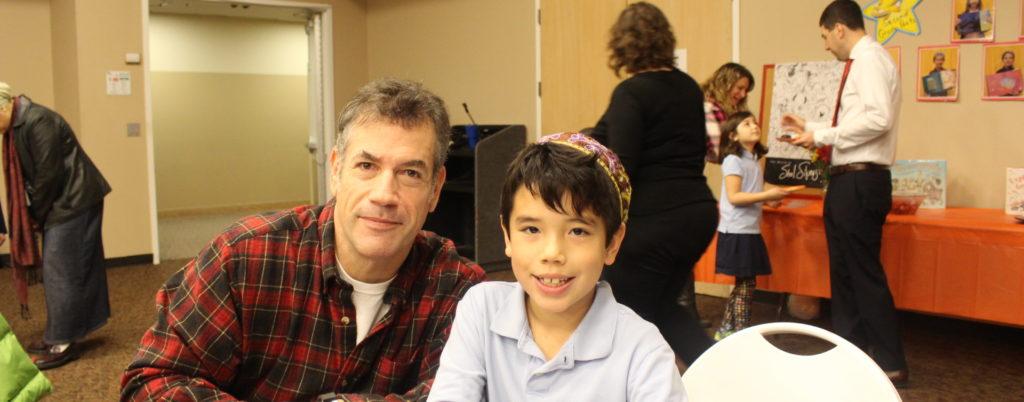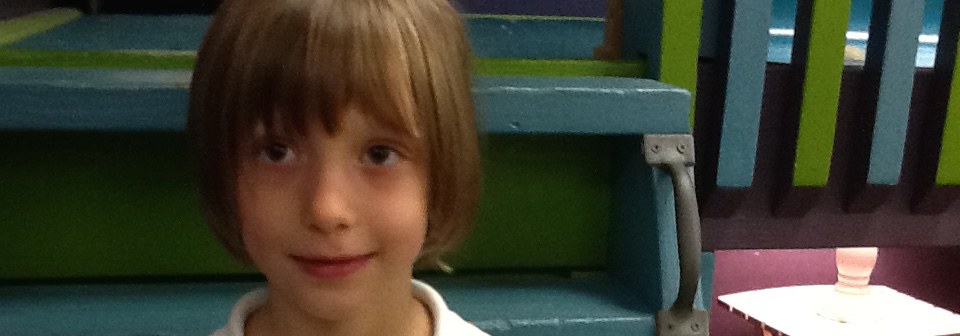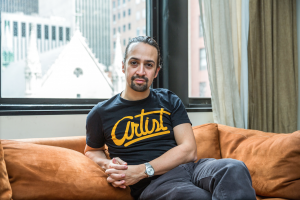
The lights go down, the curtain goes up. The stage lights up, the silence breaks, and the rapping begins. This is the sensation of seeing “Hamilton” on Broadway, Lin-Manuel Miranda’s second musical. “Hamilton” tells the story of the life of Alexander Hamilton, America’s first Secretary of the Treasury. And so far, the world has responded with resounding applause.
“Hamilton” has been in the works for years. In 2009 Lin-Manuel Miranda performed what became the first song of the show, “Alexander Hamilton,” at the White House. Six years later, “Hamilton” is a major Broadway blockbuster. According to Playbill Vault, a database of Broadway history and news that is run by Playbill Inc., the show has grossed over $30 million in the past 20 weeks. At this point, the average ticket costs around $150, and the show is completely sold out into the coming year. Financially, the show has surpassed all of its goals.
The financial success of “Hamilton” does not only benefit the cast, crew, and investors. The show has inspired two major charity efforts, the first benefits the orphanage that Alexander Hamilton’s widow founded shortly after his death. Lin-Manuel Miranda and Phillipa Soo (the actors who Alexander and Eliza Hamilton, respectively) performed in late October at the orphanage campus at a benefit.
The second charity that the show supports is backed by the Rockefeller Foundation. Starting in 2016, The Rockefeller Foundation will give 20,000 New York City students the opportunity to attend Wednesday matinees, with tickets costing only $10. The rest of the costs are covered by a $1.46 million grant. A prerequisite of the program is that the show be integrated into the curriculum before the students attend the show. “We are making a small down payment towards inspiring the next generation of historians, artists, singers, and musicians, and it’s one that fits squarely within our goal of expanding opportunities to achieve positive impact,.” says Judith Rodin, president of the Rockefeller Foundation.
The show also impacts schools where Broadway is a little farther away, because “it can serve as a springboard for students…to make history cool in their own unique way” says HBHA teacher Micah Margolies. “[Hamilton] makes people realize that something can be fun, incredible, and enjoyable, but still be incredibly educational and informative”.
Another element of this show that makes it noteworthy is the music itself: This show is composed of mostly rap. Leah Libresco, writing for FiveThirtyEight, an online news source, counted a total of 20,520 words. She then calculated the average to be around 144 words per minute. This is slightly more than double the average pace of the runner up, “Spring Awakening” which averages 70 words per minute. If “Hamilton” was to be sung at a more average pace (a pace set by classical and older shows) it would take at least six hours to get through. Libresco also figured out that the song “Guns and Ships” has the highest average of words per second, 6.3, but is only ahead of the second place song by .1 of a word per second.
“Hamilton” has been making a stir amongst Broadway fans and non-Broadway fans alike all across the country. “I was blown away by how awesome it was. It’s been all I’ve listened to for the past month, it’s super amazing…it’s mind boggling” says Margolies. The soundtrack is on sale, and is one of the only six Broadway cast albums that have been on Billboard’s top twenty list. Lin-Manuel Miranda has signed on to help write the soundtrack for the new Star Wars movie, and fans everywhere are eagerly awaiting his next work.


